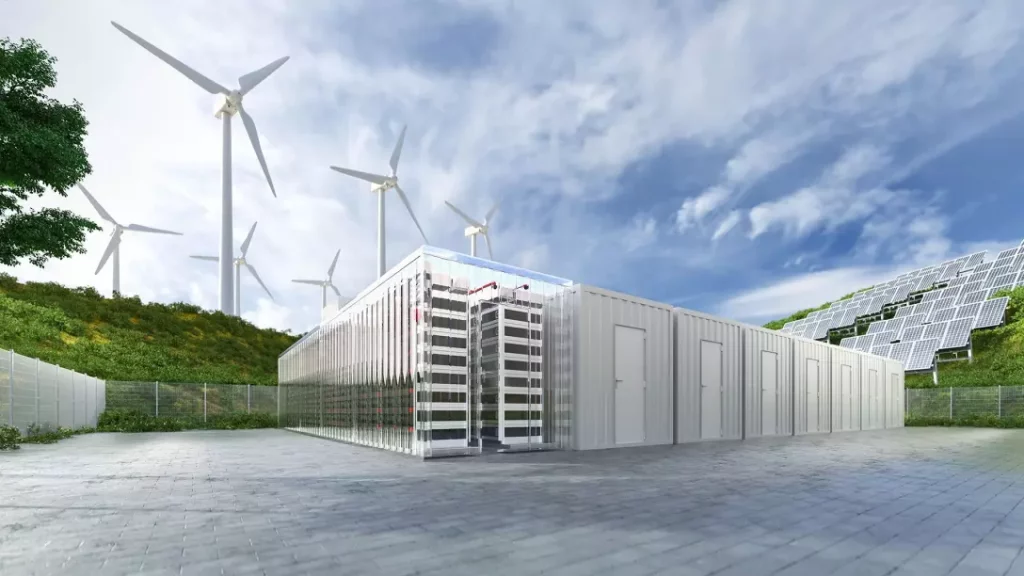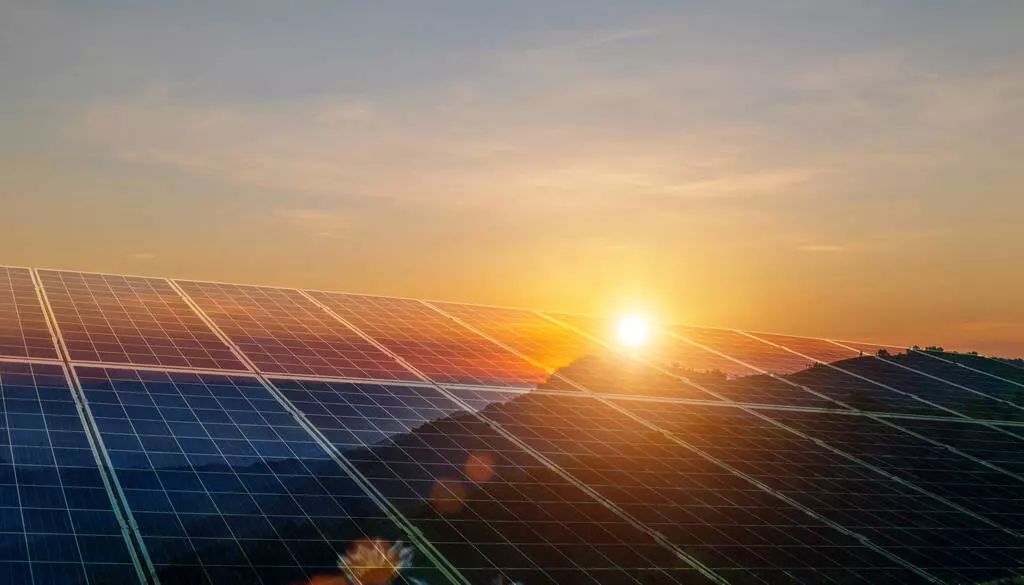
Energy Independence Through Decentralization: The IEA’s New Roadmap for Ukraine by 2030
04.11.2025Crisis Context and New Priorities
The International Energy Agency (IEA) has presented a report titled “Empowering Ukraine Through a Decentralised Electricity System”, outlining the path toward building a resilient, flexible, and decentralized energy system for Ukraine.
The full-scale war has exposed the weaknesses of the centralized model: more than 60% of generation capacity has been damaged, and winter shortages may reach 6 GW. At the same time, the IEA views this crisis as an opportunity to rebuild the country’s energy architecture based on distributed energy resources (DER) — including solar, wind, bioenergy, battery energy storage systems (BESS), and microgrids.
Key Directions of the New Energy Model
According to the report, by 2030 Ukraine should implement five strategic priorities:
Development of distributed generation, especially solar and bioenergy projects.
Deployment of BESS to balance the grid.
Formation of local energy communities and microgrids.
Promotion of prosumers — consumers who also generate their own energy.
Electricity market reform to integrate decentralized resources into system services.
The IEA estimates Ukraine’s investment needs at $15–23 billion by 2030, which exceeds the cost of a traditional centralized model but delivers greater long-term economic benefits and resilience.
Potential and Outlook to 2030
According to the IEA, up to 45% of Ukraine’s electricity could come from renewable sources by 2030, provided the policy environment remains stable.
Distributed systems (DER) are expected to drive most of the new capacity growth, while BESS and microgrids will become essential for energy security and grid stability.
Annual investment in this sector could reach $1.5–2 billion, creating new jobs in the regions and attracting both domestic and international capital.
The agency emphasizes that remaining within the centralized model risks prolonging shortages, vulnerability to attacks, and costly emergency repairs.
In contrast, the development of DER, BESS, and microgrids will enable:
-
energy resilience even during attacks,
-
reduced dependence on fossil fuel imports,
-
regional economic growth and employment,
-
integration of communities into energy management systems.
For businesses, this opens opportunities for high-return pilot projects, while for the state it highlights the need to create microgrid financing mechanisms and pursue comprehensive market reform.
For Global 100 RE Ukraine, this report serves as a strategic benchmark. Ukraine now has the chance to become the first European nation to rebuild its post-war energy system as decentralized, digital, and fully renewable.
This is not merely a technological evolution — it is a new model of energy freedom, where communities, businesses, and the state jointly shape a safe, clean, and economically sustainable nation.
Ukraine is already showing that the future of energy is one of distributed power, partnership, and independence.
Become a member of 100 RE UA
Switching to 100% renewable energy in Ukraine is possible!



